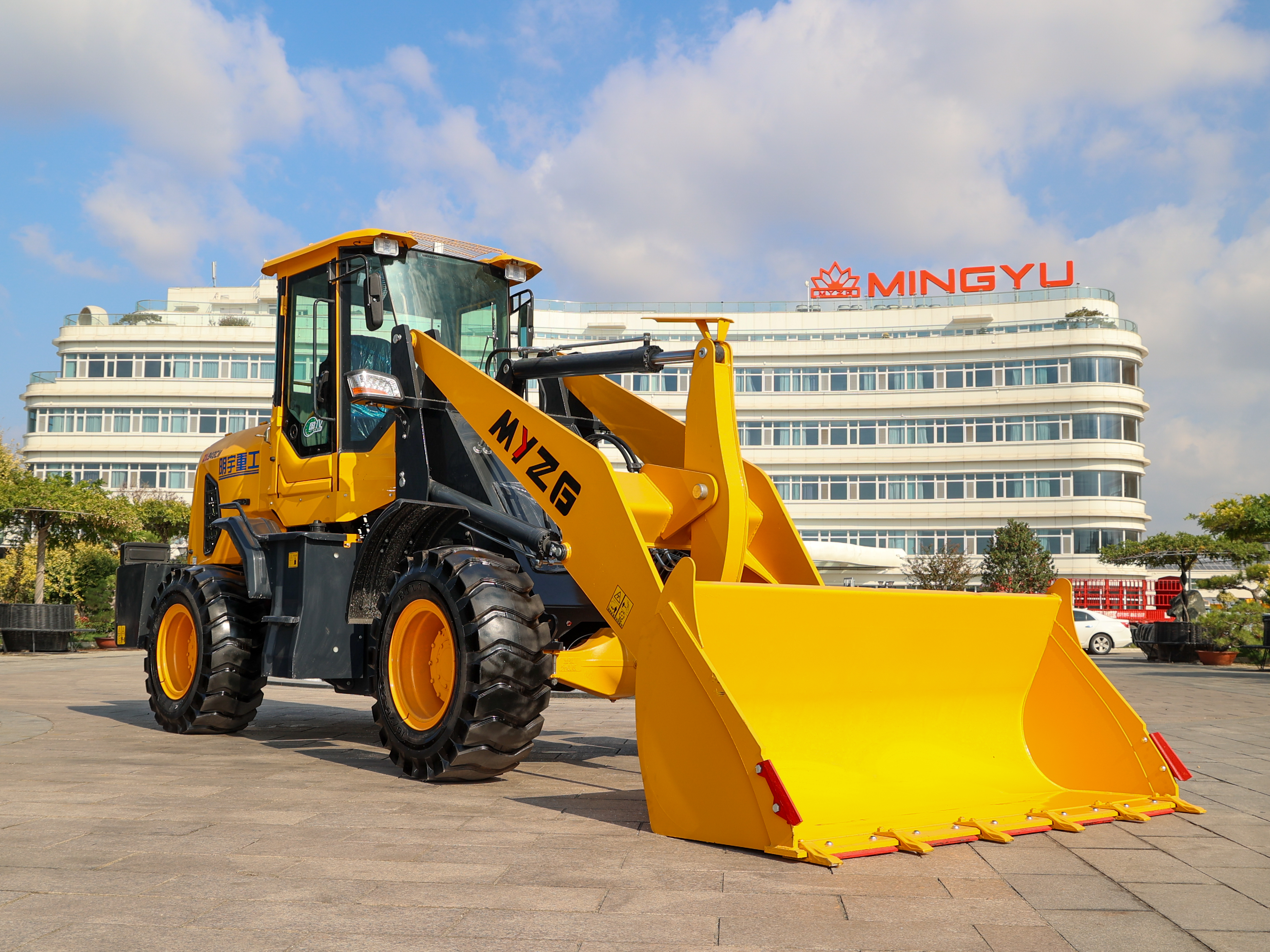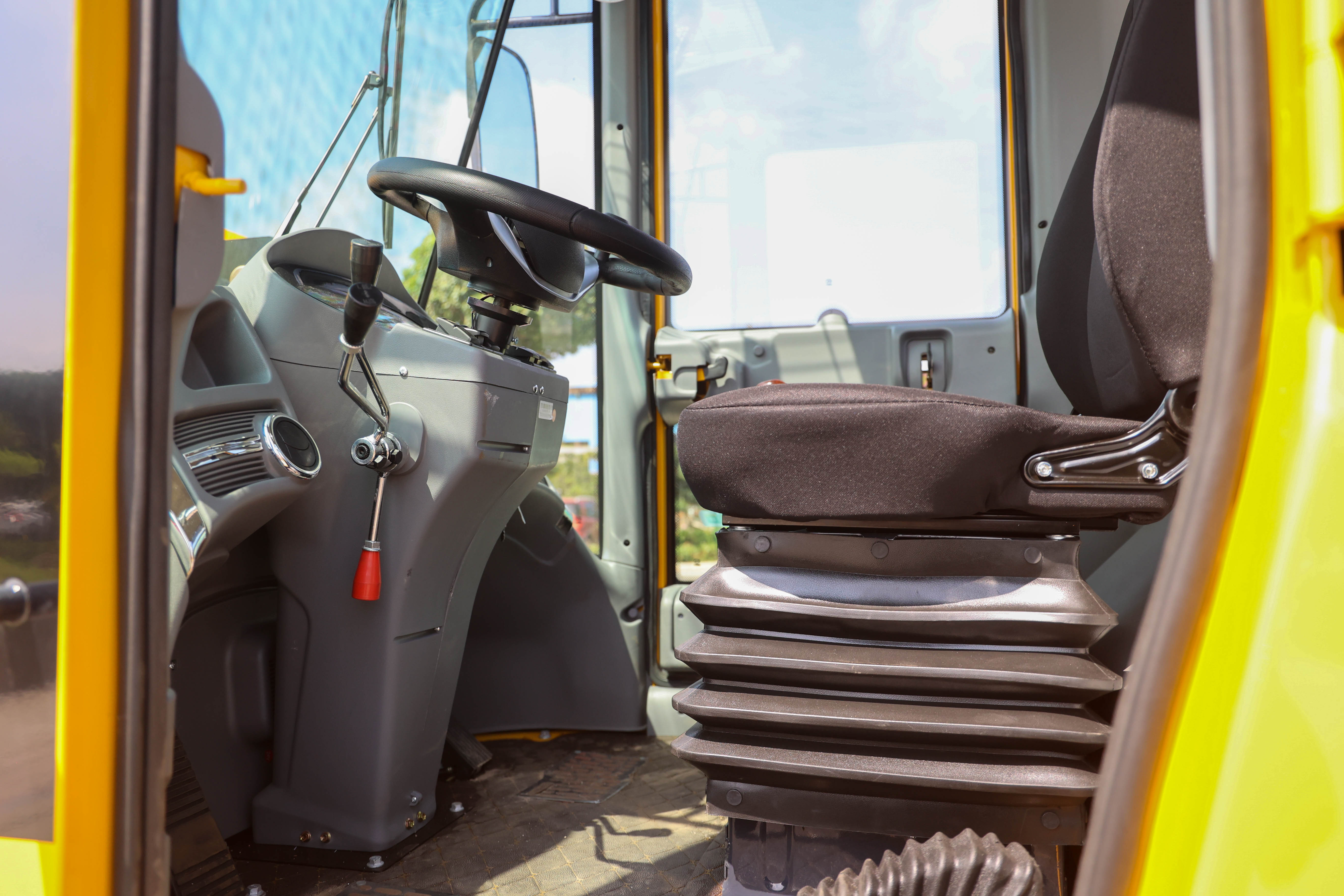Introduction
A wheel loader, a versatile piece of heavy equipment, is often tasked with demanding operations in tough terrains. To ensure operator comfort, safety, and machine longevity, manufacturers have incorporated advanced ride control systems.
Ride control, in essence, is a technology designed to mitigate the impact of vibrations and shocks transmitted from the ground to the operator's cab. By reducing these disturbances, ride control enhances operator comfort, improves machine stability, and increases productivity.

Understanding Ride Control Systems
Ride control systems typically employ a combination of mechanical and hydraulic components to absorb and dampen vibrations. The primary components include:
-
Suspension System:
- Mechanical Suspension: Utilizes springs and shock absorbers to absorb shock and vibration.
- Hydraulic Suspension: Employs hydraulic cylinders to adjust the suspension's stiffness based on ground conditions.
-
Cab Suspension:
- Isolates the cab from the chassis, reducing vibrations transmitted to the operator's seat.
-
Seat Suspension:
- Absorbs shock and vibration, providing a comfortable seating experience.

Benefits of Ride Control
- Enhanced Operator Comfort: Reduced fatigue and increased productivity.
- Improved Machine Stability: Smoother operation, especially on uneven terrain.
- Increased Operator Accuracy: Better control and precision in material handling.
- Reduced Maintenance Costs: Less stress on the machine's components.
- Enhanced Safety: Improved visibility and reduced risk of accidents.
Factors Affecting Ride Control Performance
- Tire Pressure: Proper tire pressure is crucial for optimal ride comfort and stability.
- Ground Conditions: Soft, uneven terrain can significantly impact ride quality.
- Machine Weight Distribution: A balanced weight distribution minimizes vibrations.
- Operator Skill: Experienced operators can compensate for poor ride control by adjusting their driving style.
Future Trends in Ride Control
- Advanced Suspension Systems: More sophisticated hydraulic and electronic systems.
- Smart Seat Technology: Adaptive seats that can adjust to the operator's weight and preferences.
- Real-time Terrain Adjustment: Systems that can automatically adjust the suspension based on ground conditions.
Conclusion
Ride control technology has significantly improved the operating experience of wheel loaders. By understanding the principles behind ride control and the factors that influence its performance, operators can maximize productivity and efficiency. As technology continues to evolve, we can expect even more advanced ride control systems to emerge, further enhancing the comfort and safety of wheel loader operations.
Post time:Nov.07.2024
